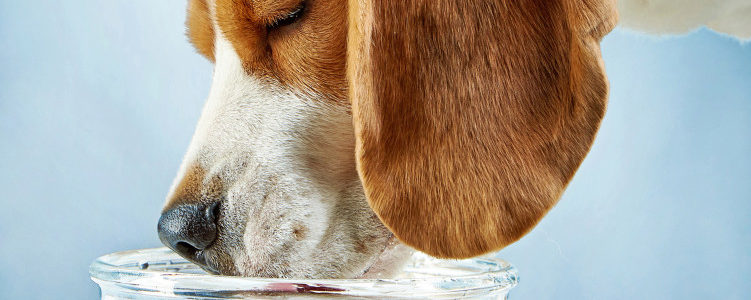What would summer be without air conditioning to cool us down? Probably a little less fun! As humans, we can cool things down inside when the temperatures are scorching inside, and even during winter, we can heat things up inside when it’s freezing outdoors. If your HVAC system needs repair to keep the temperature comfortable inside your home or business, give your local Denver commercial heating and cooling company a call 24/7. But are your furry friends staying cool this summer too? Make sure they’re kept comfortable in the summer heat with these following tips:
Keep Your Pets Cool This Summer
As temperatures rise, it’s important to remember that our pets don’t have the same ability to put on shorts and a tank top when the going gets hot as we do. Our dogs can overheat quickly in warm temperatures, and heat stroke can be fatal.
Holistic veterinarian Dr. Kathy Wentworth, who owns PetPoint Medical Center & Resort in Irvine, says heat stroke symptoms will typically begin with excessive panting as dogs attempt to cool themselves down.
They can have difficulty breathing, bright red gums, foaming and salivating of the mouth and even nosebleeds. As symptoms worsen, they can suffer vomiting, diarrhea, tremors, seizures and cardiac arrest. A dog’s normal body temperature ranges between 100 and 102.5 Fahrenheit. Moderate heat stroke can occur between 104 and 106, and above that, “then you’re in trouble,” Wentworth says.
Here are some tips for keeping pets cool in warm temperatures:
Know your dog. Big, heavy and dark-coated dogs can get hotter quicker than light, white dogs. Wentworth says dogs like bulldogs and boxers with flatter faces, which can restrict breathing, and that have large mass have trouble cooling down. “I have seen a bulldog who had a nosebleed because he was just so overheated,” she says.
Pay attention to temperature. Don’t think that just because you’re indoors, your dog can’t get hot. Keep your dog indoors with fans running or the air conditioning going on hot days and always find shade for your dog when he goes out.
Orange County-based Certified Professional Dog Trainer Kate Connell generally recommends keeping your thermostat at 78 and run fans as necessary to keep pets cool. “Dogs who stay in air conditioning all day are more likely to get heat stroke when out on a hot day because their bodies aren’t used to the heat,” Connell says.
Don’t overdo exercise. Keep exercise on the less intense side on warm days. After any walk or hike, give your dog a place to cool off afterward, and take whatever breaks are necessary during the excursion. Always have plenty of water available.
Act quickly at any sign of overheating. Wet your dog down with cold, wet towels, a water bottle, a hose or in the shower – but avoid ice water as it constricts blood vessels, which can stop the release of heat from the body, Wentworth says, although an ice pack under the armpits or on the head is OK. Offer your dog some water, bring him into air conditioning and turn the fans on. As soon as you can, head to the vet, who can run intravenous fluids to cool your pet’s internal body temperature, Wentworth says. She says dogs who’ve had heat stroke once are at increased risk of getting it again.
Shaving your dog isn’t the answer. While some pet owners feel shaving their pet is a good idea, Wentworth says a dog’s coat is meant to protect him from both cold and heat. “For most dogs, that coat is probably protective, insulation-wise,” she says.
Keep track of the time. Wentworth says to exercise with your dog in the morning or evening, when temperatures are coolest. Connell recommends not staying out later than 10 a.m. on warm days. “If you’re out with your dog on a warm day – hiking, beach, etc. – always turn back to go home before you’ve reached the halfway point with your water,” Connell says.
Read the full article at ocregister.com

